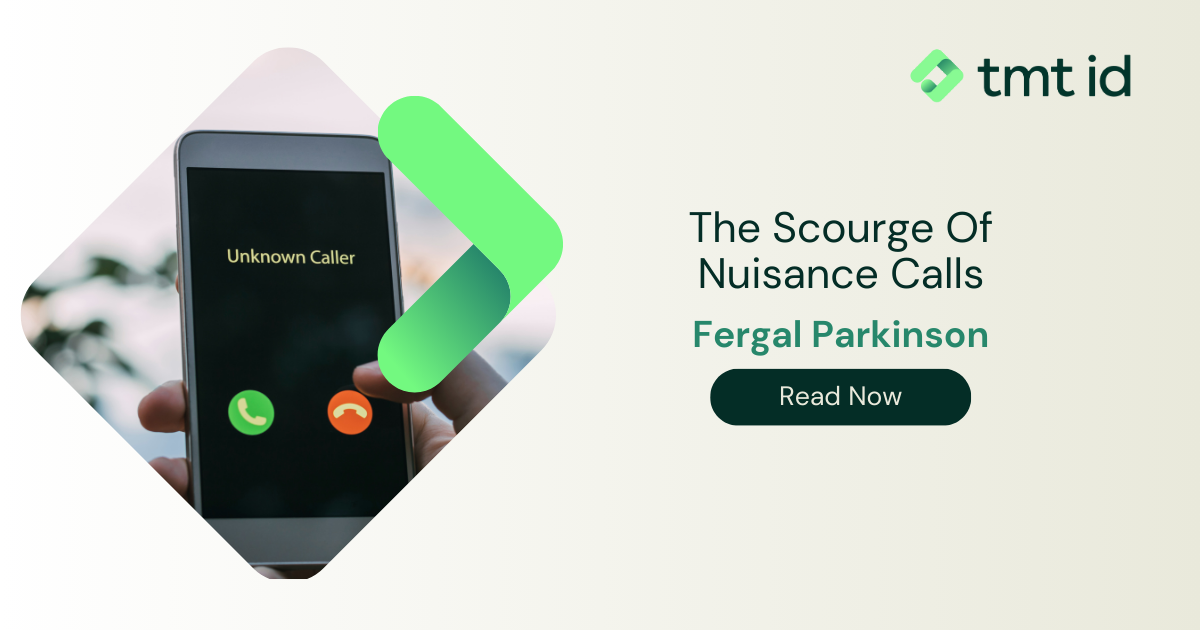
According to the latest data from GSMA Intelligence, there are 5.27 billion unique mobile phone users in the world today, an increase of 117 million over the past 12 months. Somewhat counterintuitive, the number of mobile subscriptions associated with smartphones has reached 6.4 billion accounting for nearly 4 in 5 of the mobile handsets in use around the world today (source: Ericsson). More than the number of mobile phone users.
Those mathematically oriented amongst you will have worked out that there must be hundreds of millions of people out there each with multiple phones and subscriptions. OK, we can all see and know just how much Mobile is leading the way, driving the real evolution and digital transformation accelerated to warp speed and all but forced upon us as a result of the fragmented responses to COVID-19 globally, but what about the humble landline?
The landline is in terminal decline and there looks to be no way out of the bind it is in. Research from the price comparison website Uswitch in the UK unearthed the fact that while 80 percent of British homes have a landline, a quarter (26 percent) have not even bothered to connect a handset to their landline. Indeed, more than a third of people (35 percent) said they only have a landline because it is necessary to obtain a fixed-line broadband connection – count me in as one of those.
The stat that REALLY caught our attention though was that more than a fifth of consumers with a landline (22 percent) say they avoid answering their phone in case it is a nuisance call. The problem is a global scourge.
So many landline calls are either marketing or scam related so no wonder this reticence to answer. Mobile subscribers are not immune to receiving suspicious or unlimited marketing calls (and of course texts) but the problem on landlines is almost two-thirds higher.
Whilst not a new phenomenon, there has been a sudden huge increase in both individuals and organisations being targeted the past 18 months and leading the charge looking to take advantage of people are robocalls. You’ll know these very well yourself – the calls that delivers pre-recorded messages through auto-dialling software
Very capable criminals have opened the robocall floodgates, a torrent of spam involving health-related scams, non-existent problems with fake banks and tax authorities, expiring car warranties and the rest. You name it. They have become the No. 1 consumer complaint in the USA and according to YouMail, people in the USA alone received a staggering 22 billion robocalls in the first five months of 2021 alone. Get a calculator out; that equates to three a week for every one of the 330 million people there, babies included…
These calls go way beyond annoying and hit people hard where it really hurts – in their pockets. A recent report from Truecaller and The Harris Poll concluded that almost 60 million Americans had fallen victim to a phone scam in the past year, resulting in nearly $30 billion being swindled from them over the past 12 months.
On June 30th something came into effect across the USA hoping to finally curb this flood of spam. Called Stir/Shaken, it’s a technology that ensures calls have their caller ID ‘signed’ as being legitimate by originating carriers and validated by other carriers before reaching you. It authenticates a call’s origin and ensures the information on the caller ID matches. But rather like SMS firewalls and mobile operators in the fight against SMS-based spam and threats, Stir/Shaken alone won’t prove to be the silver bullet to clean up the voice world overnight. Cooperation from stakeholders across the ecosystem is needed and all need to pull in the same direction.
Here at TMT Analysis, we’ve been working hard to develop products that tackle the growing trend in fraudulent and scam calls. In addition we have access to global ‘Do Not Call’ lists ensuring that our customers can cut through the many nuisance calls and deliver the important information they need to deliver.
Contact us today to learn about how TMT Analysis can help your business.
Last updated on April 30, 2025
We provide the most comprehensive device, network and mobile numbering data available
Contact us > Chat to an expert >